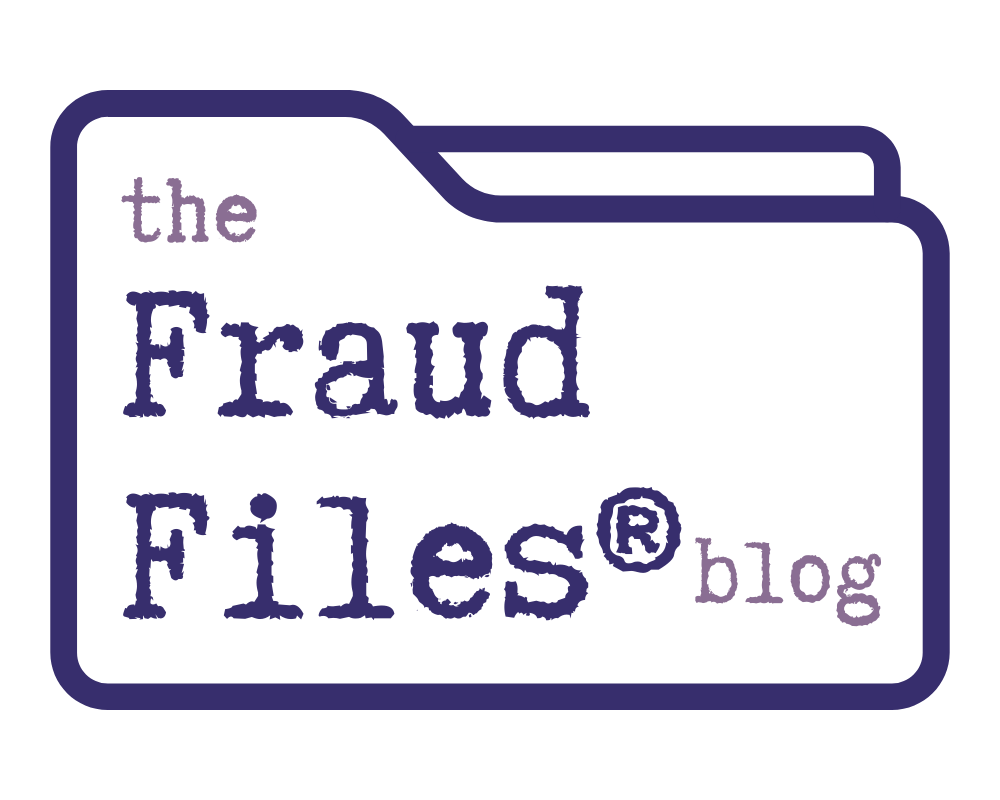
 It is not unusual for the “out” spouse (the one who is not the major breadwinner in the family and who does not have control over the family’s finances) to suspect that income and assets are being hidden during a divorce. When one party is accused of hiding income, how can a forensic accountant find it?
It is not unusual for the “out” spouse (the one who is not the major breadwinner in the family and who does not have control over the family’s finances) to suspect that income and assets are being hidden during a divorce. When one party is accused of hiding income, how can a forensic accountant find it?
Below are a few techniques that I use to uncover hidden income. A more in-depth discussion of this topic appears in my book, Lifestyle Analysis in Divorce, published by the American Bar Association.
- Compare a business income tax return to the bank deposits, looking for a substantial discrepancy. Deposits in excess of reported revenue may indicate hidden income, but we must look for potential explanations for the excess deposits. If deposits fall well short of the reported income, this may indicate other problems with the reported finances.
- Analyze income and expenses for multiple periods, looking for unusual changes in items.
- Search for the payment of personal expenses by the business. Such items would be considered income to the spouse, and must be considered during the divorce proceedings.
- Evaluate people and companies paid by the business. Are the legitimate vendors or employees? Could they be friends or relatives of the spouse who are not providing any value to the business? Could the payments be for some other sham that is being perpetrated to hide income?
- Search for assets or business interests that the spouse may own but may not have disclosed in the divorce proceedings.
- Analyze the spending of the parties and determine if the reported income is sufficient to fund this lifestyle. If the spending far exceeds the reported income, this may suggest unreported sources of income.
Is it easy to find hidden income? No. Especially if your spouse is good at it. But most of the time, they leave clues behind. They’re careful at first, and over time they might become careless. It is the forensic accountant’s job to find these clues to uncover the hidden money.



